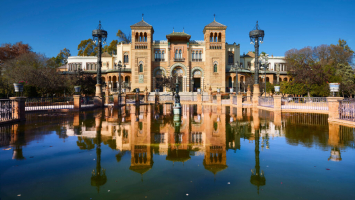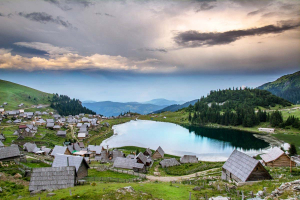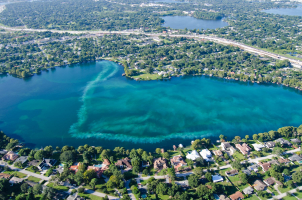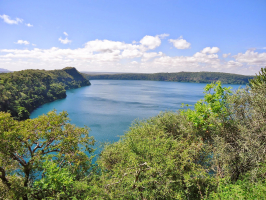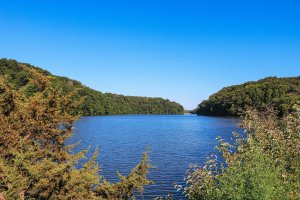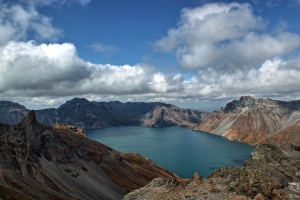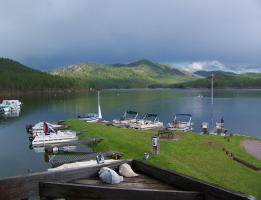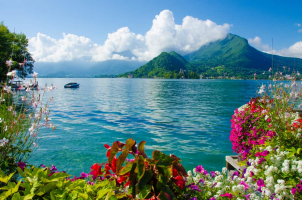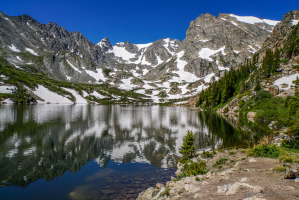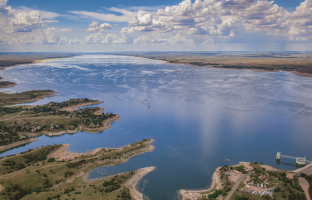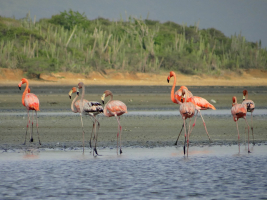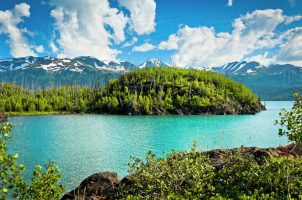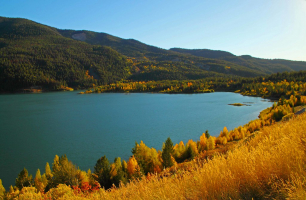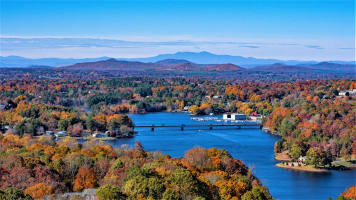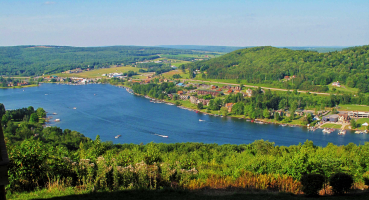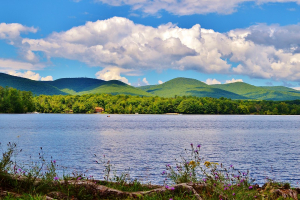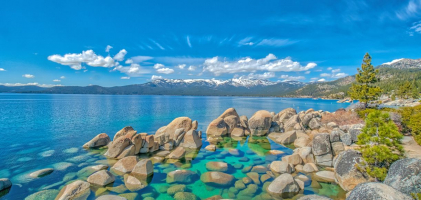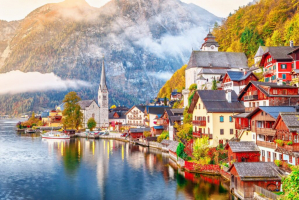Top 8 Best Lakes to Visit in Spain
Spain is not only known for its food and culture, but it also has some of the most beautiful natural landscapes in Europe. Spain's diverse landscape ... read more...encompasses a wide range of natural beauties. Some of these stunning spots include large bodies of water, scattered about the country. Exploring the best lakes to visit in Spain will bring interesting knowledge and experiences to visitors, especially those who love quiet space. Let's explore the most fascinating lakes in Spain and learn more about them.
-
Lago de Sanabria in Zamora, Castile and León is one of the largest lakes in Spain and Europe, and one of the best lakes to visit in Spain. The lake is located in Lake Sanabria National Park. This reserve is a paradise for nature lovers: the nearby area is home to many species of flora and fauna, including 76 types of birds and 17 species of large mammals. In particular, when the area around the lake has many trails to explore the rugged landscape. If visitors need a break from all the hiking, catch some rays on one of the lake's beautiful beaches, or retreat to a local campsite, cabin or lodge.
Lago de Sanabria is not only one of the most beautiful lakes of Spain but also the largest freshwater lake in the country with an area of 368 hectares and a depth of 55 meters. And even more amazing, the largest glacial lake in the Iberian peninsula. Spend the day canoeing in the quaint waters or hiking in the surrounding forests and mountain trails. Be sure to keep an eye out for local wildlife like star deer and golden eagles. It is about 12 km from the medieval village of Puebla de Sanabria to the lake. Accessible by car, and if you're really into nature, this lake is a great place to plan a hiking route.
- Location: Province of Zamora, Spain
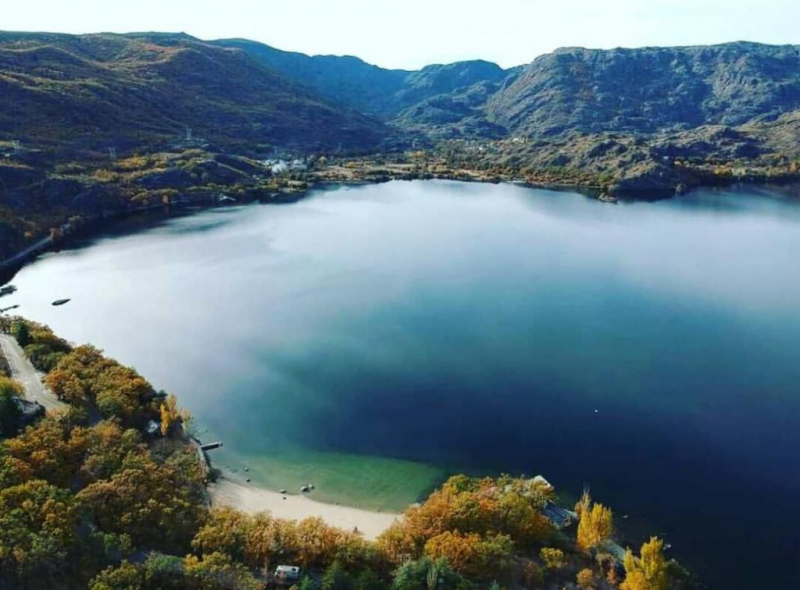
Source: riosdelplaneta.com 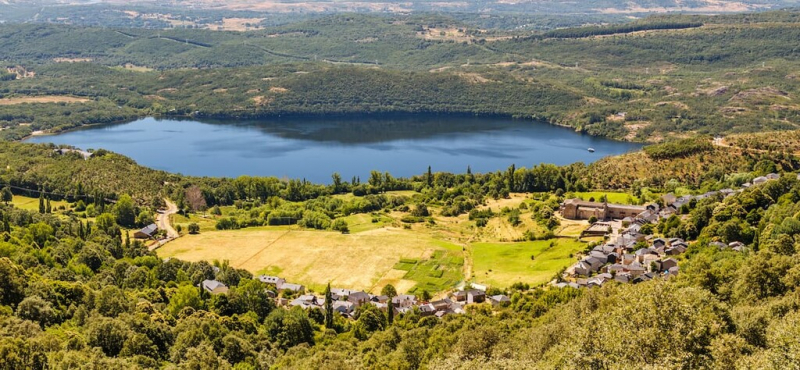
Source: peakvisor.com -
If ravishing scenery is your thing, don't miss Lagos de Covadonga in the Picos de Europa National Park, which deserves to be of the best lakes to visit in Spain list. These glacial lakes, Enol and Ercina, are located high in the Asturias Mountains and are surrounded by immense rocky outcrops. The third lake, Bricial, is only there during periods of rain. The area is one of the most visited spaces of natural beauty in Spain and offers hiking, climbing, and incredible vistas.
Moving to one of the most famous lakes in Spain, the breathtaking Lagos de Covadonga is made up of 3 lakes (Enol, Ercina, and Bricial, the latter only appearing during the melt season) located in the Asturias part of Picos de Europa Mountains, also in the North of Spain. You can recognize them from the Vuelta an España bike race that passes through the area almost every year. They are so beautiful that no matter the weather or time of day, you should visit them. On clear days you will see the mountains reflected in their water and on cloudy days you will find that fog and rain are perfect companions for this atmospheric environment.
- Location: Asturias, Spain
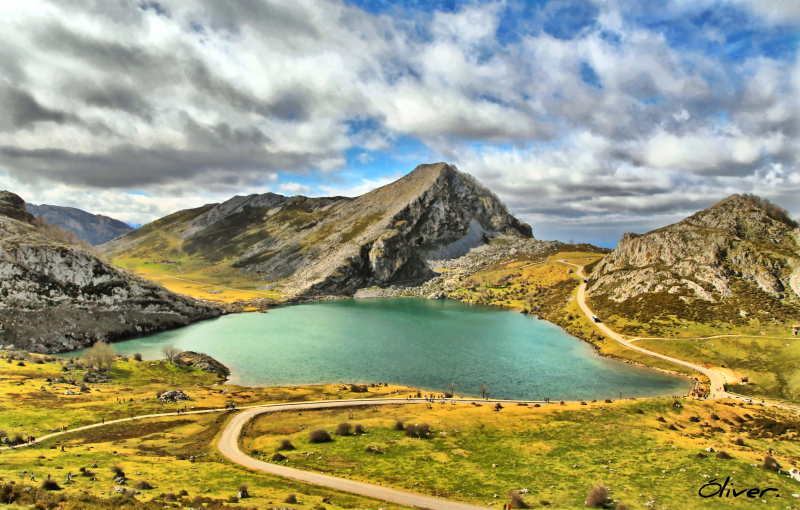
Source: exploreasturias.com 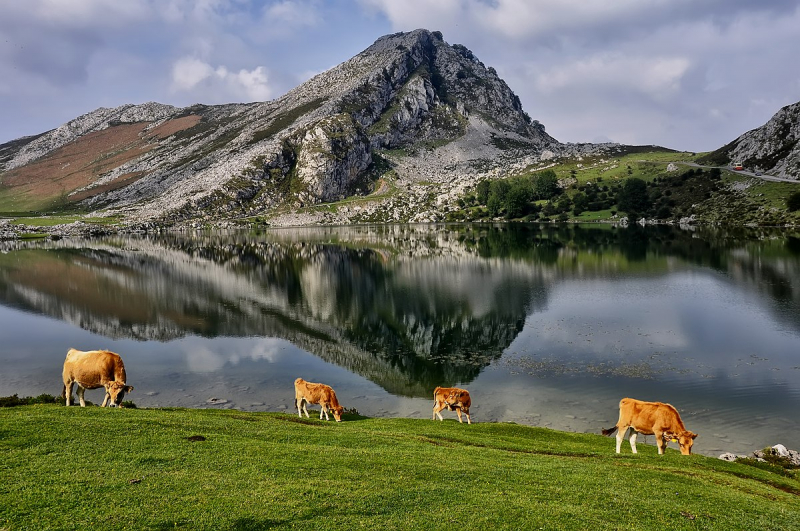
Source: spain.info -
The stunning Lago de Sant Maurici is located on the Catalan side of the Pyrenees, Espot in Lleida. The lake is the largest lake in the Aigüestortes Natural Park, and one of a total of 200 lakes. Visitors can explore this breathtaking region of Spain and its lakes on foot or by bicycle. What makes this place one of the best lakes to visit in Spain is that visitors can catch a glimpse of some majestic eagles and vultures living in the alpine environment. This lake is an ideal place for those who love to walk, as it is an hour's walk from the Prat de Pierró parking lot, where they can leave their car, but it will take a little extra time from Espot.
Lago de San Maurici is surrounded by the majestic peaks of the Encantats, the lake is truly breathtaking with a wealth of unique flora and fauna along with sweeping views of the surroundings. In the area, there are many hiking trails that include stunning views of Lago de San Maurici. This place offers peace and quiet and allows visitors to breathe fresh and pure air. This sensational lake is beautiful any time of year but in winter it is especially amazing as it will most likely freeze over.
- Location: Lleida, Catalonia, Spain
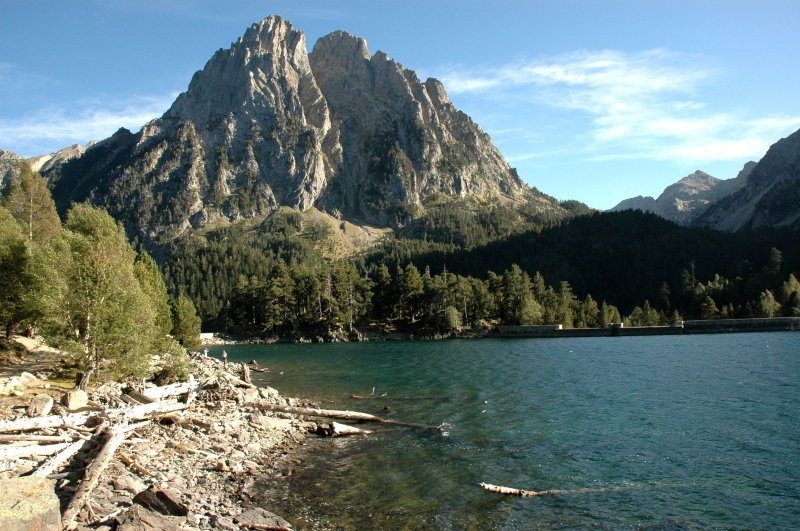
Source: nuriainwonderland.com 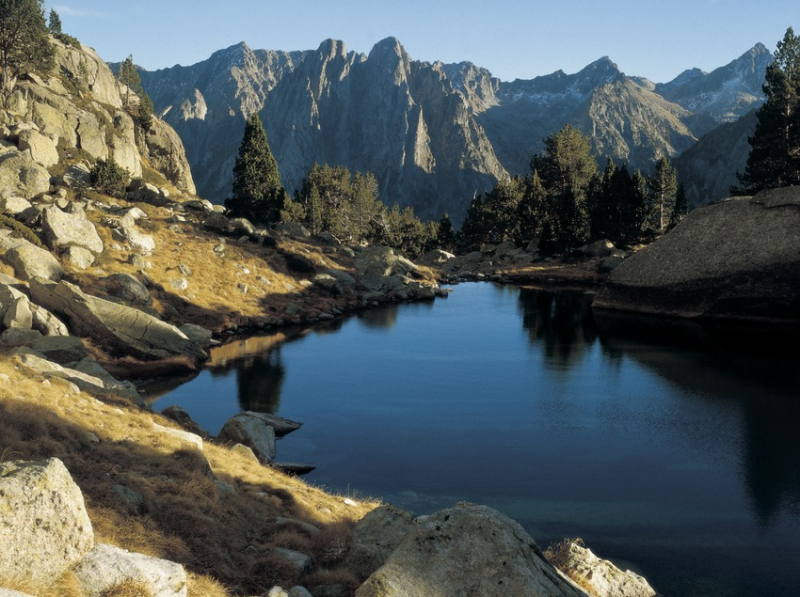
Source: lugaresdenieve.com -
Laguna de Fuente de Piedra is the largest lake in the Andalucía region, with a total area of about 1,400 hectares. Unlike some of the other lakes in Spain on this list, the Fuente de Piedra Lagoon is a saltwater lake. It's an aquarist's paradise - as well as geese and sand pigeons, the lake attracts the largest flock of flamingos on the entire peninsula. The Fuente de Piedra lagoon is used by the larger flamingo for its annual breeding cycle, forming the largest colony on the Iberian peninsula of this beautiful and delicate bird. Great for flamingo spots. Early morning or perhaps sunset is a good time to enjoy the view.
Laguna de Fuente de Piedra is known as one of the best lakes to visit in Spain, this is the most beautiful lake area in Spain. Not because of its scenery or impressive size, but because of its inhabitants. Laguna de Fuente de Piedra is famous for its giant flamingo population. In fact, this wetland area is home to the only stable colony of flamingos in all of Europe. Whether visitors are animal lovers or not, they can't help but appreciate these gorgeous creatures that cover the shores of one of Spain's most famous lakes.
- Location: Málaga, Andalucía, Spain
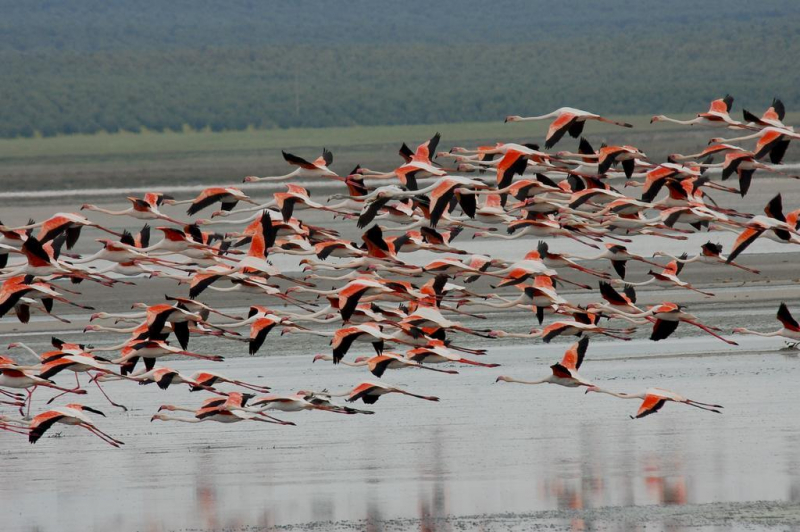
Source: turismo.antequera.es 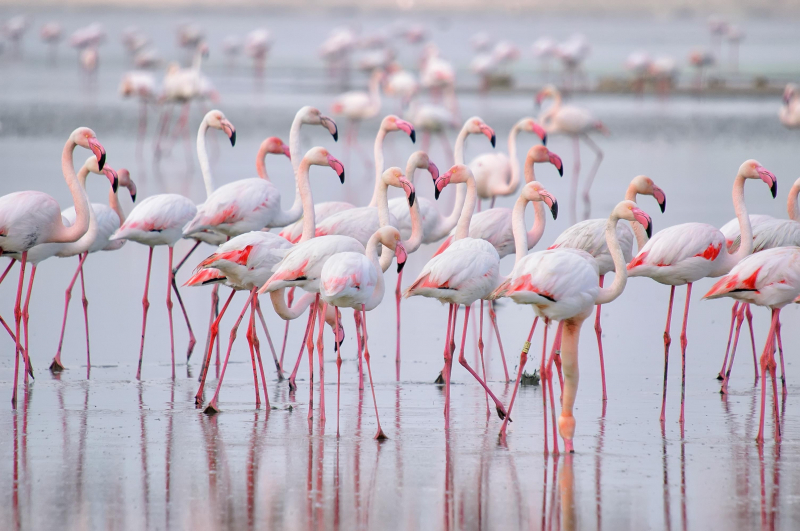
Source: andalucia.org -
A special lake for lovers of all things pink - Laguna de Torrevieja is one of the must-see lakes in Spain, it is on the list of best lakes to visit in Spain. Home to various migratory birds, including flamingos, this lagoon has a distinctive pink color. There are several reasons for this vibrant color - including the algae and bacteria in the lake and the clay on the bottom. This eerie pink color is caused by the high salt concentration, as the lagoon is next to several salt mines, and it captivates all photography enthusiasts because depending on the time of day, the sensation of it changes from a lunar landscape to an oasis of peace.
Laguna de Torrevieja is easily one of Spain's most beautiful lakes based on color alone. This bubbling pink salt lake sits on the edge of the Costa Blanca, just off Torrevieja. Laguna de Torrevieja gets its color from a unique combination of algae and bacteria that thrive in high-salt lakes like Laguna Rosa. Nearby in Torrevieja is the Sea and Salt Museum which gives an insight into the salt production of the area and the unique features of Laguna de Torrevieja. This natural space offers a list of some amazing species of flora, although there is not much vegetation in the area due to the high levels of salinity in the water.
- Location: Alicante, Valencia, Spain
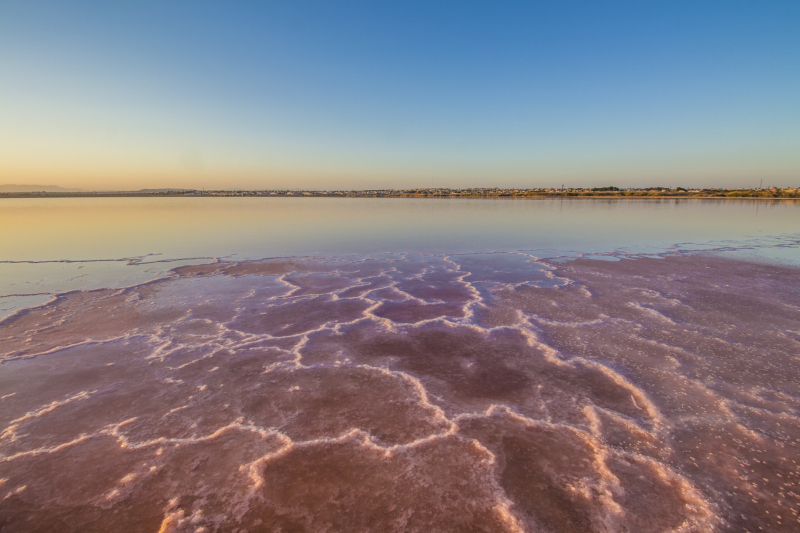
Source elespanol.com 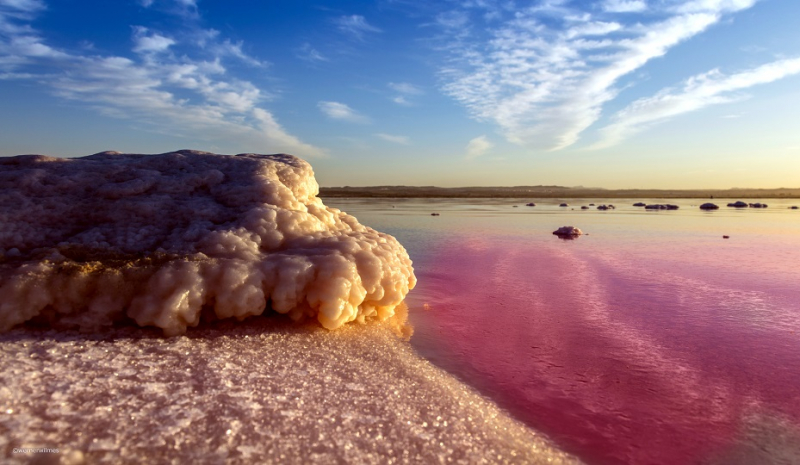
Source: valenciabonita.es -
There are 15 lakes that make up the Lagunas de Ruidera group in Spain, spanning 15 kilometers of the Alto Guadiana Valley. They are also part of the Lagunas de Ruidera Natural Park, home to many species of animals and plants. Do not miss the beautiful waterfalls of the lake if visitors have the opportunity to visit here. Not a body of water but a network of small lakes in Campo de Montiel, located between the provinces of Albacete and Ciudad Real. A place where visitors can see a mountain goat like an otter. This is not only the most charming Castilla-La Mancha, but also become one of the best lakes to visit in Spain.
Lagunas de Ruidera by Castilla La Mancha is like a fairy tale with its series of peaceful waterfalls and breathtaking turquoise color. The lake is essentially a system of 15 small lakes connected by small rivers and waterfalls to create the majestic Laguna de Ruidera. No wonder it is considered the most beautiful wetland in the Iberian peninsula. Most of the lakes are interconnected, which is considered by the standards of other lakes in the Iberian Peninsula. The largest lakes are Laguna Colgada and Laguna del Rey. The area near the lakes is a tourist site, with small hotels, restaurants, camping sites, and private villas, located mostly in or around Ruidera town.
- Location: Ciudad Real, Castile-La Mancha, Spain
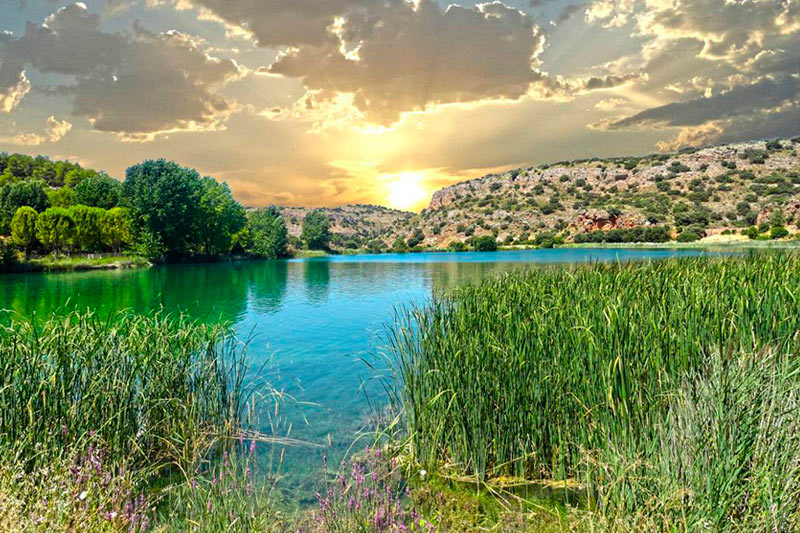
Source: turismocastillalamancha.es 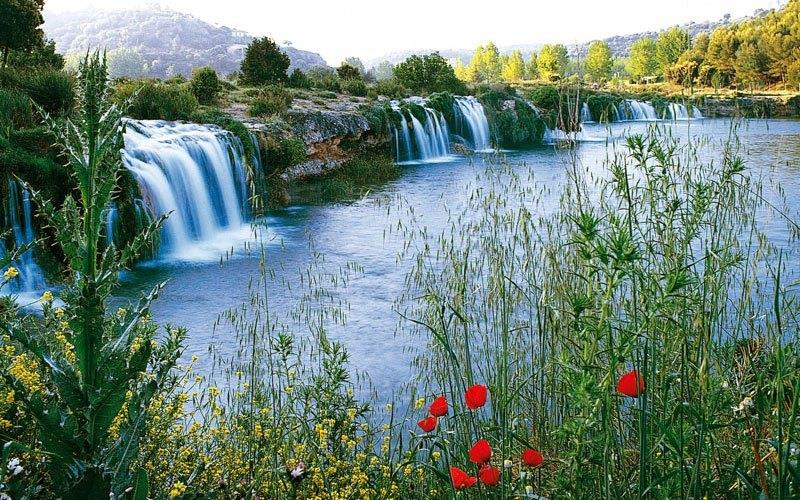
Source: wildswimmingholes.com -
Between Aragon and Teruel, visitors will find Laguna de Gallocanta at an altitude of nearly 1,000 meters surrounded by lush forests and beautiful vistas of the surrounding countryside. Wildlife enthusiasts will love the unique bird population here, home to the most important common crane population in Spain. The lake can provide shelter for an average population of 20,000 birds at a time. This is a special feature that makes this place one of the best lakes to visit in Spain.
Laguna de Gallocanta is a place for migratory birds, especially cranes, in addition to being home to many other birds that winter here. In fact, it is considered one of the most important biological reserves, in both Spain and the rest of the European Community. Every year, about 40,000 cranes from Northern Europe stop at the lagoon. It was a moment of respite in their migration to the South of Spain and Africa. For this reason, Laguna de Gallocanta has been included in the Habitat Network (Red Natura-2000) of Community Concern and is also classified as a ZEPA (Special Bird Protection Area). It is the most important natural area for aquatic birds in Aragon, and second in Spain after Doñana National Park. During the winter months, large flocks of species such as red ducks, nightingales, mallards, hooves, fruit birds, hooves, teals, pigeons, or ponytails, among others, shelter here.
- Location: Aragon, Spain
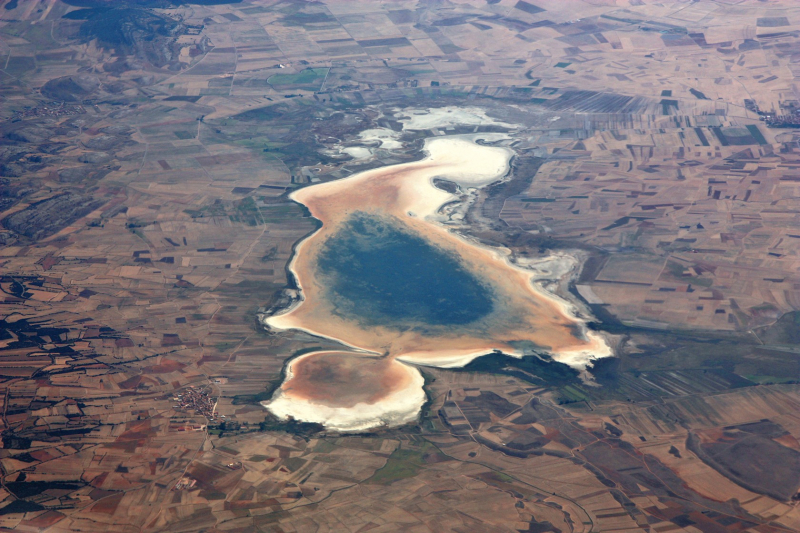
Source: casaperiquillos.com 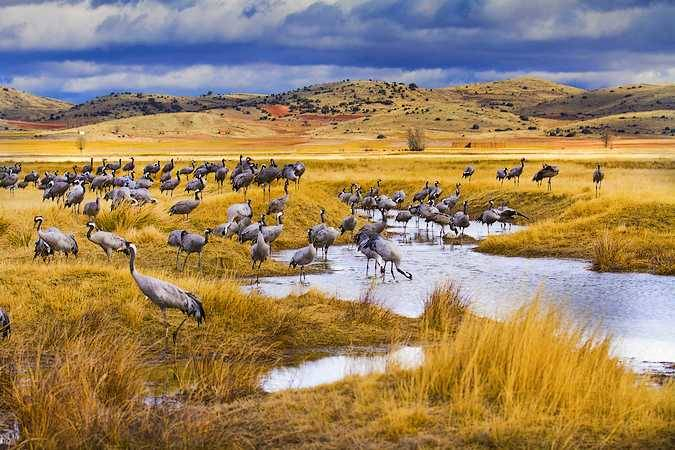
Source: guiarepsol.com -
Banyoles Lake (or Estany de Banyoles) is a natural lake located in the province of Girona, northeast of Catalonia, Spain. It is named after the nearby town of Banyoles, to which it fully belongs. On the west bank, it borders the town of Porqueres. The lake has a height of about 2,100 m x 750 m with an average depth of 15 m, down to 46.4 m in some spots. It is located in a natural tectonic depression. Currently, Banyoles Lake is the largest natural lake in Catalonia. The narrow streets and plazas of the medieval town center are well worth visiting.
Banyoles Lake, located in the Girona province of Catalonia, boasts the largest lake in Catalonia, and it deserves to be on the list of best lakes to visit in Spain. It has areas for swimming, a wooden pier, a yacht club, and a lawn where visitors can lounge for a peaceful sunbathing. The best part is the poetic natural environment in which the lake is found. There are both native and introduced fish species in the lake, such as carp, sunfish, pompano, black bass, and eel. It is now considered an environmental complex of great value. Strolling around this natural lake, the largest one in Catalonia is a pleasure at any time of the day. The lake is a large open space for everyone who wishes to relax, run, ride a bicycle, go out in a boat or practice water sports, such as canoeing or rowing.
- Location: Province of Girona, northeast of Catalonia, Spain
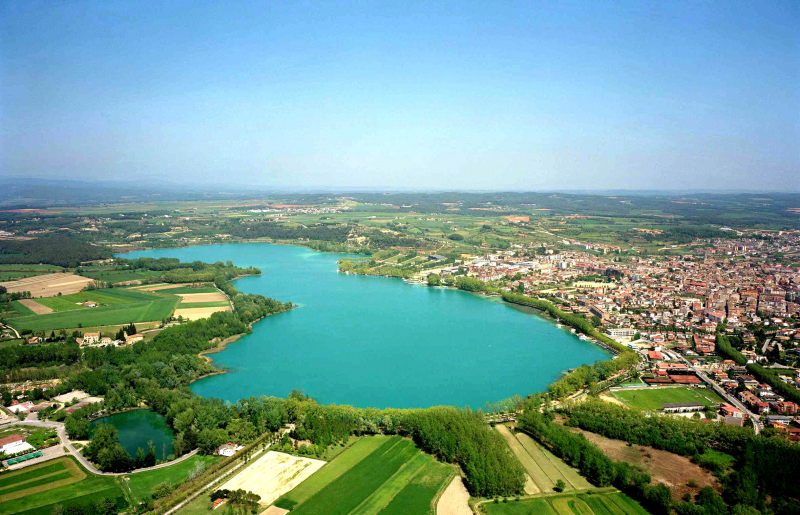
Source: travelinspires.org 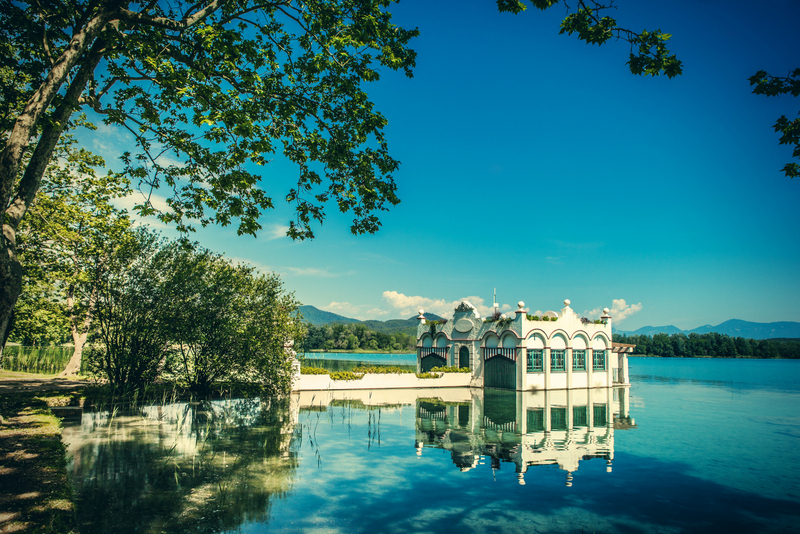
Source: fascinatingspain.com










